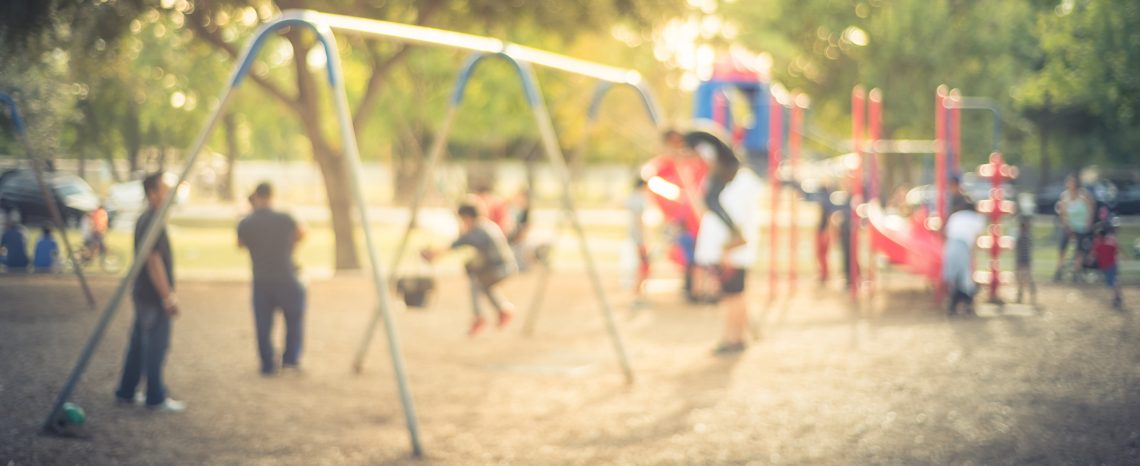
A recent study out of Boston found that rubber playground surface materials might contain high lead levels that are harmful to children.
About the Study
Researchers from Harvard in Boston tested lead levels found in rubber surface materials, soil, sand or mulch in 28 playgrounds. They compared lead levels found in poured-in-place rubber materials to the lead levels in soil, sand and mulch from a group of playgrounds selected at random across various socioeconomic backgrounds. In 2009 to 2013, neighborhoods of Boston and surrounding areas associated with lower incomes had a disproportionate amount of Boston’s cases of children having elevated blood levels. This contributed to the reason why the city was selected for the locations of comparison.
The playgrounds selected by researchers had a minimum of two types of surface materials. The researchers collected 85 samples in their analysis.
Study Findings
Researchers found that the rubber surface materials often contained two to three times more lead concentrations than those found in the other playground surface materials. The analysis showed that the average lead levels in the soil samples they tested were 66 micrograms per gram of soil. Rubber surfaces were found to have average lead levels of 22 micrograms per gram of rubber. Sand had 8.5 micrograms per gram of sand and mulch had an average 9 micrograms per gram of mulch. However, there were rubber samples with extremely high levels. For example, one soil sample exceed 400 micrograms. Two playgrounds had rubber samples with more 80 micrograms. Additionally, nine of the playgrounds had soil samples greater than 80 micrograms.
Use of Rubber in Playgrounds
Rubber playground surface materials are used to protect kids from injuries, such as if they fall. Additionally, rubber materials are used in order to recycle tires that are thrown out. Most research up to this point has focused on lead exposure in soil. However, the recent study emphasizes why parents must carefully weigh the risks and benefits of using different materials when making decisions about where their children will play. Playground exposure to dangers is particularly hazardous because young children often touch surfaces and then put them in their mouth. Urban soil may be contaminated with lead dust from multiple sources, making it another hazard.
Dangers of Lead
According to the Centers for Disease Control and Prevention, there are no safe blood lead level in children. Even low levels of this substance can affect a child’s attention and potential academic achievement.
Tips to Protect Your Children
In addition to the high lead levels in rubber surfaces, soil also tested at high levels. The safest materials related to lead concentrations were sand and mulch, so look for playgrounds with these materials instead. Parents can ask the playground owners to import low-lead soil from outside the city to place in the playgrounds since urban soil is often contaminated from various sources, including from various industrial activities. Parents who have backyard playgrounds may also want to consider this option. They can also cover the existing soil with a top layer of sand or mulch. Parents should also encourage their children to wash their hands after playing on a playground and to take off their shoes at the front door so that they don’t bring contaminated soil into the home.
If you believe that your child was to any toxic substance, it is important that you understand your rights and legal options. Our experienced product liability lawyers can analyze your case during a free consultation. Contact us today to get started.
